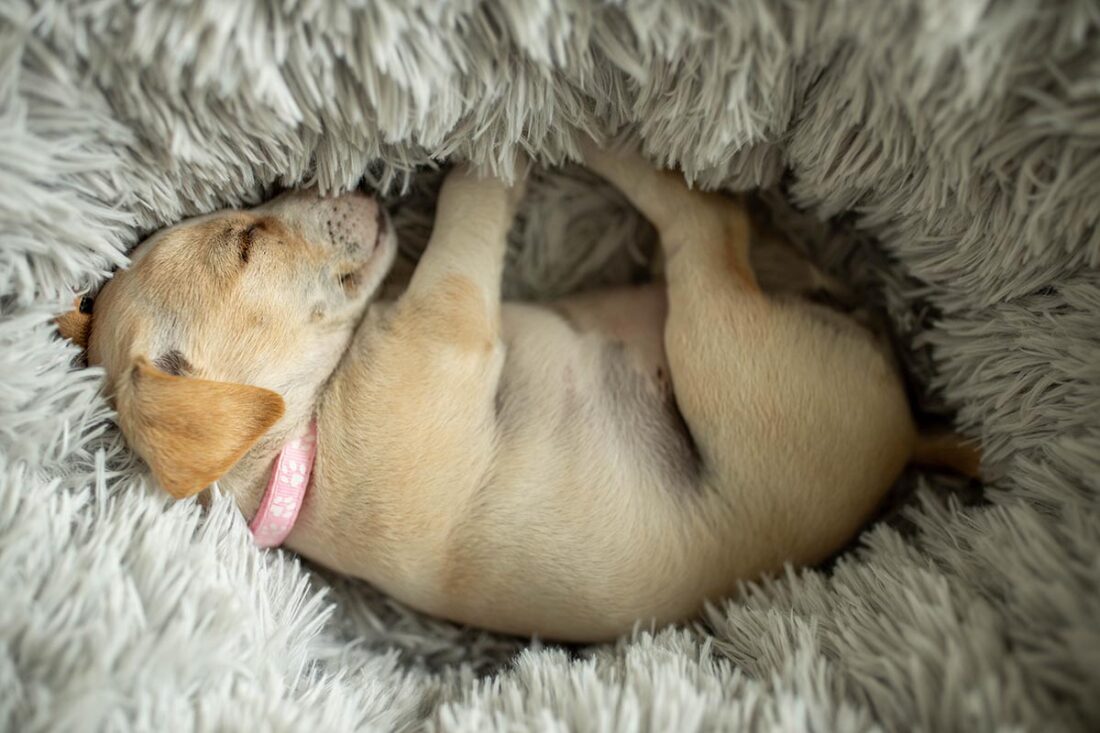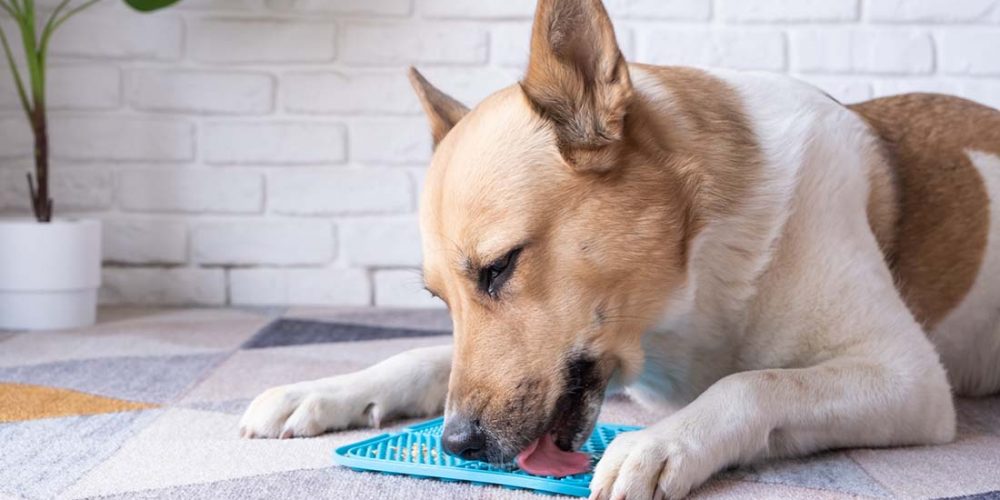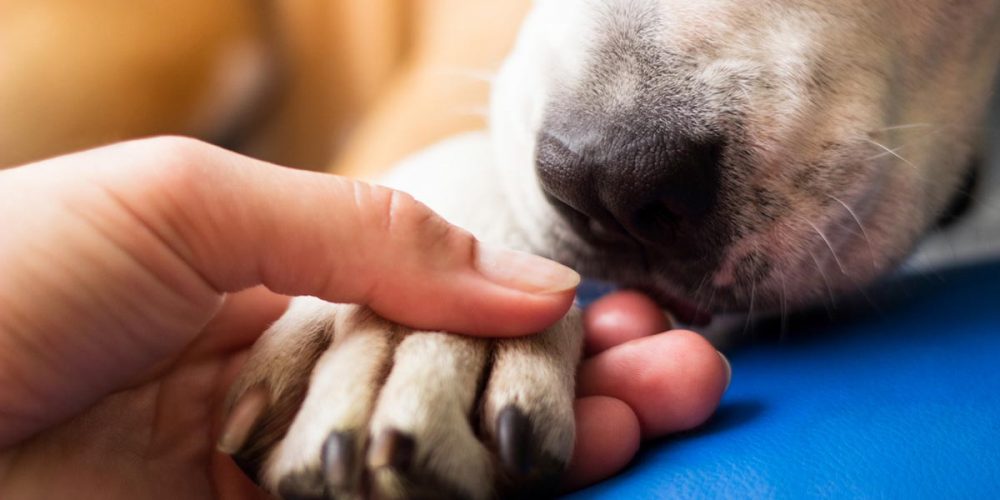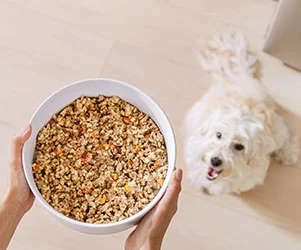Have you ever wondered why your beloved canine companion meticulously circles their bed—or your favorite rug—multiple times before finally laying down for a nap? It’s a common behavior that often sparks curiosity.
This circling ritual is more than just a quirky habit; it’s deeply rooted in a combination of ancient instincts, practical needs, and even potential health indicators. Understanding these reasons can offer fascinating insights into your doggy’s world, helping you appreciate their unique behaviors and ensuring their comfort and well-being.
Why Do Dogs Circle Before Lying Down? 7 Reasons.
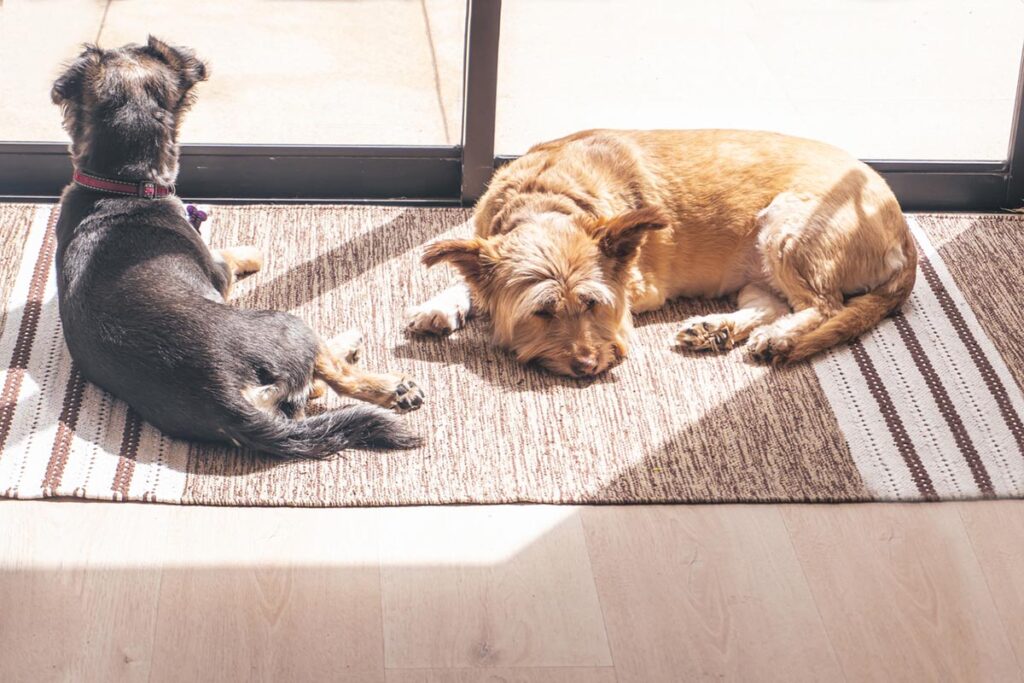
Your dog’s pre-sleep pirouettes are not random. They stem from a variety of factors, ranging from evolutionary echoes to physical sensations. Let’s explore the key explanations for this intriguing behavior.
1. Ancestral Instincts
Dr. Jessica Bell, DVM, of Washington State University’s College of Veterinary Medicine, says one of the most significant drivers of this behavior is ancestral instinct. Long before domestic dog beds existed for your pup’s designated sleeping area, wild canids needed to prepare their sleeping spots.
- Prepare a safe space: In the wild, dogs and their wild ancestors would circle to flatten tall grass or brush, creating a more concealed and comfortable spot. This action helped to deter predators by making their resting place less obvious and also served to flush out any hidden critters like snakes or insects.
- Create a sense of security: Behaviorists also think this instinctive preparation offered a crucial sense of security in a vulnerable state of rest. Dog owners may notice their dog sleep in a curled-up position after settling.
2. Nesting Behavior
Just like birds build nests, dogs exhibit a form of nesting behavior when preparing to lie down. This isn’t just about comfort; it’s about control over their immediate environment or den.
- Arrange their bed: Dogs will manipulate their bedding—be it a blanket, a pillow, or even a pile of laundry—to create an ideal sleeping surface. This often involves pawing, nudging, and, yes, circling.
- Enhance comfort: The goal of this dog behavior is to achieve maximum comfort, ensuring there are no lumps or uncomfortable spots before they commit to lying down.
3. Scent Marking
Circling can also be a subtle form of scent marking, a way for your dog to claim their space.
- Release personal scent: Dogs have scent glands in their paws. When they circle and press their paws onto a surface, they release their unique scent, marking that spot as their own.
- Communicate ownership: This scent acts as a declaration to other animals in the household (or even to themselves) that this specific spot is claimed and belongs to them.
4. Temperature Regulation
Maintaining an optimal body heat is crucial for dogs, and circling can play a role in this.
- Cool down or warm up: On warm days, circling can help dig or kick away warm topsoil to reach cooler ground. Conversely, on colder days, it can churn up insulating material like leaves or grass to create a warmer, cozier nest.
- Adjust their environment: Your dog is instinctively trying to adjust their immediate environment to achieve the most comfortable temperature for resting.
5. Comfort and Safety
Beyond just physical comfort, dogs seek a feeling of safety and vulnerability when they lie down.
- Scan the surroundings: Before committing to a resting position, dogs will often survey their surroundings one last time while circling. This allows them to ensure there are no immediate threats and that they are not exposed.
- Choose the best angle: They might also be positioning themselves to face a specific direction, perhaps with a clear view of an entrance or a family member, providing a sense of security even in sleep on a comfortable bed.
6. Joint Pain or Discomfort
While often benign, circling may sometimes be a sign of physical discomfort, particularly in older dogs or those with orthopedic issues.
- Find a pain-free position: If your dog is experiencing joint pain, arthritis, or other physical ailments, they may circle more extensively to try and find a position that doesn’t exacerbate their discomfort. They are carefully testing different angles to minimize pressure on sore spots.
- Observe other signs: If you notice increased circling accompanied by stiffness, limping, difficulty getting up, or reluctance to move, it’s important to consider this possibility.
7. Habit or Routine
Finally, sometimes a behavior simply becomes a habit or part of a routine.
- Learned behavior: If circling has always been part of your dog’s pre-sleep ritual, it can become a comforting and predictable sequence of actions that they perform without much conscious thought.
- Reinforced over time: This routine can be reinforced by the positive outcome of eventually settling down into a comfortable sleep.
Should You Be Concerned About Your Dog’s Circling?
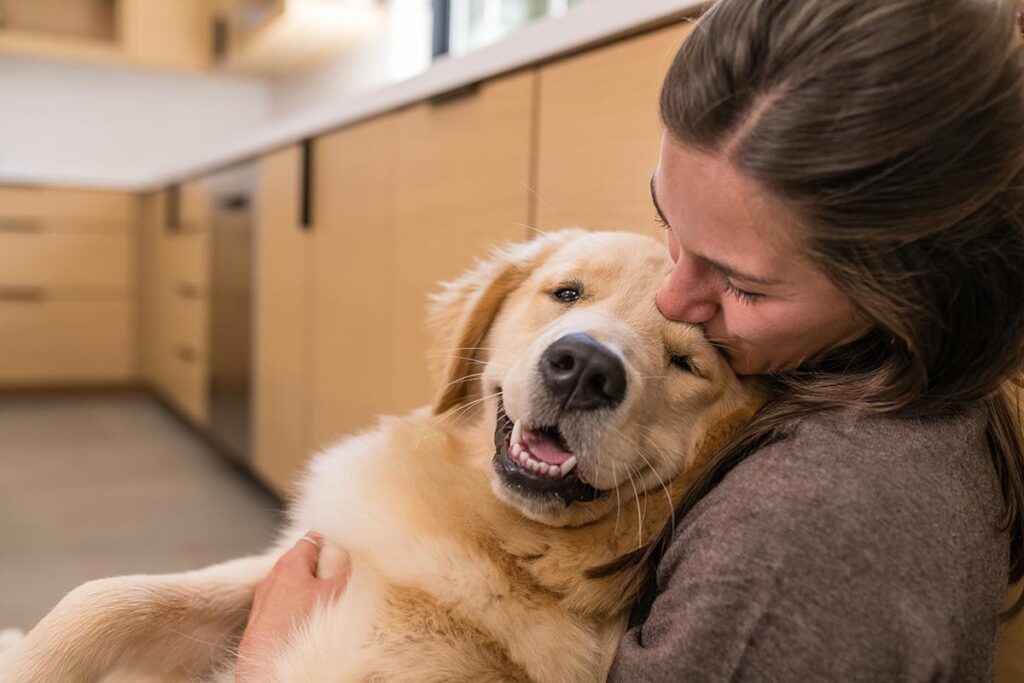
For most dogs, circling before lying down is a completely normal and healthy behavior, versus something like an obsessive-compulsive disorder. It’s a natural expression of their instincts and their way of preparing for rest. You generally do not need to be concerned if this behavior has always been typical for your dog and is not accompanied by other worrying signs.
However, it’s always wise to be observant. While benign in most cases, a sudden increase in circling, excessive circling, or circling combined with other symptoms in your pet dog may indicate a problem.
When Would I Need to Consult a Vet About My Dog’s Circling Behavior?
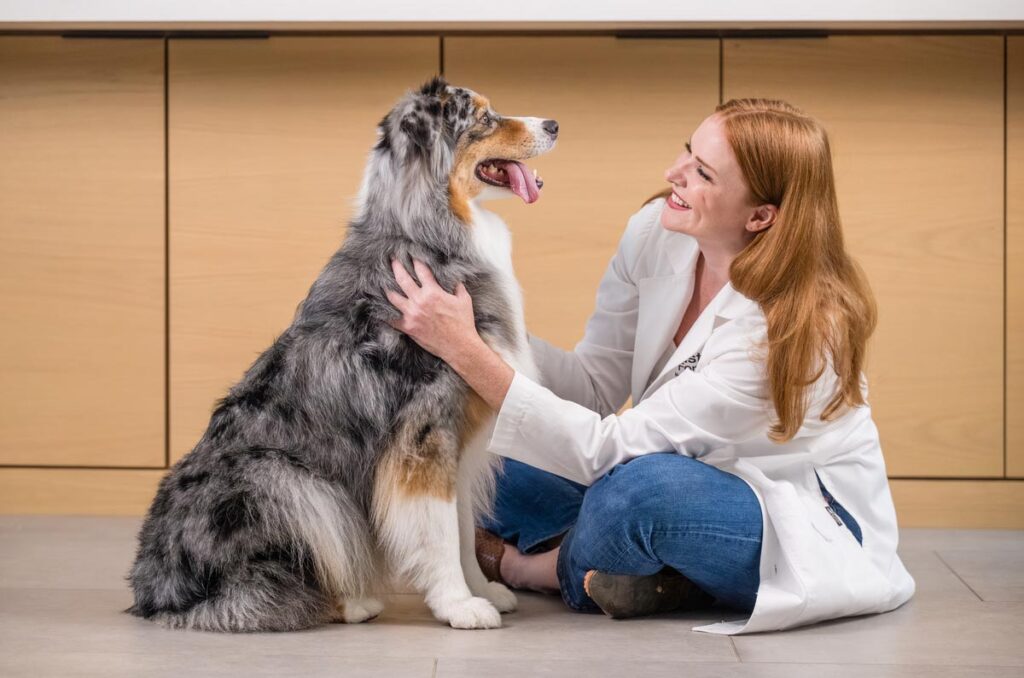
While normal for most, there are specific instances when your dog’s circling behavior warrants a visit to the veterinarian. Pay close attention to changes or accompanying symptoms.
- Observe changes in behavior: If your dog suddenly starts circling much more frequently or for a longer duration than usual, it could be a red flag.
- Look for signs of pain or discomfort:
- Limping or stiffness: Notice if your dog is limping, showing difficulty standing up or lying down, or appears stiff after resting.
- Reluctance to move: If they seem hesitant or unwilling to jump, climb stairs, or engage in their usual activities.
- Whimpering or yelping: Any vocalization indicating pain during the circling or settling process is a serious concern.
- Difficulty finding a comfortable spot: If your dog seems to struggle repeatedly to get comfortable and frequently changes positions even after circling.
- Monitor for neurological symptoms:
- Disorientation or confusion: If the circling appears disoriented or aimless, or if your dog seems confused.
- Head tilting or loss of balance: These could indicate more serious neurological issues.
- Note any changes in appetite or energy levels: A decrease in appetite, lethargy, or other general signs of illness combined with excessive circling should prompt a vet visit.
Trust your instincts as a pet owner. If something about your dog’s circling feels “off” or different from their normal behavior, it is always best to consult your veterinarian for a professional assessment. Early detection and intervention can make a significant difference in your dog’s health and comfort.
Bottom Line: It’s a Totally Normal Bedtime Ritual
Why do dogs turn around in circles before settling down? Whether an ancestral survival instinct/act of self-preservation or simply for getting cozy, your four-legged pack member’s pre-nap twirls are more than just an amusing quirk—they’re a window into their deep evolutionary history.
So, the next time you watch your pup spin in circles before curling up, you can appreciate it as a blend of instinct, comfort, and a touch of canine tradition. Give them a gentle pat down and snuggle in.
This content is for informational use only and does not replace professional nutrition and/or medical advice, diagnosis, or treatment. It is not a substitute for and should not be relied upon for specific nutrition and/or medical recommendations. Please talk with your veterinarian about any questions or concerns.
Citations
“Why Dogs Turn around before Lying Down.” n.d. Vca_corporate. https://vcahospitals.com/know-your-pet/why-dogs-turn-around-before-lying-down.
“Why Do Cats and Dogs Spin around before They Sit?” 2021. Ask Dr. Universe. January 22, 2021. https://askdruniverse.wsu.edu/2021/01/22/why-do-cats-and-dogs-spin-around-before-they-sit/.

